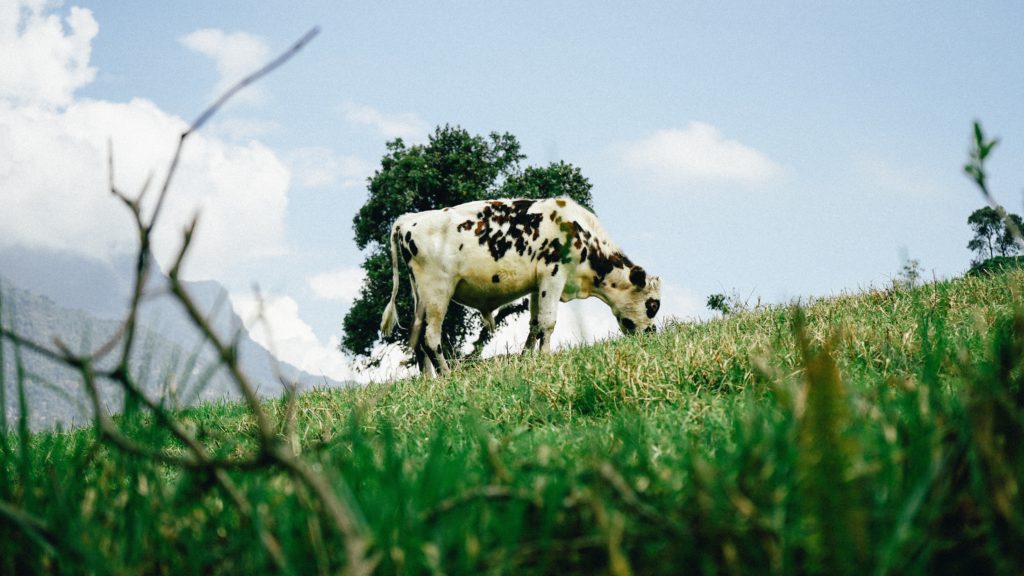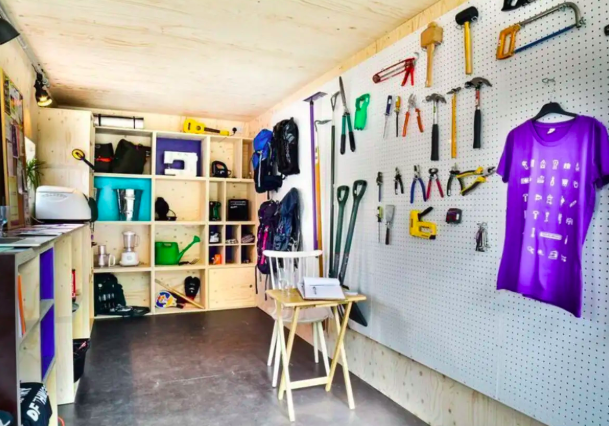In our recent survey, 60% of you said that when it comes to environmental sustainability you either could do better, or do not feel you’re doing well at all.
You might be used to hearing the same old tips by now – carry your own reusable bag, recycle, don’t use a straw… but it’s important to think about where you should prioritise your energies.
Bearing this in mind, we wanted to share three of the biggest wins for living in a way that is kinder to the environment. Embedding ESG and social value in your coliving business model is a big challenge, so let’s start with a few simple yet impactful steps.
Eat less meat and dairy: especially beef!
According to the UN as of 2006, an astonishing 18% of combined climate change emissions can be contributed to animals bred for their meat – that’s more than all forms of transport combined.[1]
A particular environmental culprit is mass beef production, which releases five times as many greenhouse gases as that of poultry, pork, eggs and dairy averaged together.

It also requires 28 times more land, 11 times more water and six times more nitrogen fertilizer.[2] So cutting out or seriously cutting down on beef is especially effective if you’d like your diet to have less of an environmental impact.
From the dairy side, cheese production stands out as a heavyweight. Every kilogram of cheese demands on average 13kilograms of carbon to produce[3] (an equivalent amount of lentils creates a far more modest 0.9KGs)[4]. I’m sorry to say it, but put the camembert down.
Luckily these days there are lots of great and more environmentally conscious plant-based alternatives out there. Websites like Olives for Dinner and Keepin’ It Kind have plenty of delicious recipes to try out. Beware when buying your vegan ingredients, however. Some have less than great environmental credentials. Websites like Ethical Consumer can help you out here. Plus, keep an eye on the development of artificial meat… take a look at Clean Meat to find out how this groundbreaking technology is currently faring.
As a coliving professional or resident, you are in the perfect position to encourage a more conscious approach to eating. If you haven’t already, why not try cooking and eating plant-based meals together, starting a community garden (DIY aquaponics, anyone?), making oat milk together, ordering local produce in bulk, and/or raising general awareness about the meat and dairy industry’s impact amongst coliving residents?
Think about how you holiday
How many of us curse ourselves for forgetting to bring our reusable bag to the supermarket, and then happily book our holidays to some far-flung location?
If this sounds like it might be you, I have bad news for you: a plane journey from London to Hong Kong is equivalent to 340,000 disposable supermarket bags.[5]
Travel has become aspirational, and travel by plane completely normal.

There is no doubt that experiencing different cultures is both wonderful and valuable; plus often families live in different parts of the world, and with the constrictions of work and other commitments, a plane journey (as opposed to boat, train or car) might be the only practical way to see them.
So we would urge you not to stop plane journeys necessarily, but to be more conscious of them. Ask yourself:
- Could I take a train/coach/car/bicycle instead?
- do I need to go to the other side of the planet to sit by a swimming pool and drink cocktails for a week (maybe there’s a closer resort I could go to)?
A world in which plane journeys were a special occasion rather than the norm would be a better world.
It doesn’t end with the travel.
Hotels are often notoriously bad for environmental impacts, with heating or air conditioning cranked up too high, towels changed daily and high levels of food wastage. Websites like carbonfootprint.com can help you to be more conscious about how you might holiday in ways that are kinder to the planet.
As part of a coliving community you might be in a position to host family and friends, and hold fun events. For at least some of the time, why not let the holiday come to you? It’s more environmentally friendly and cost effective too!
Buy less stuff
Studies have shown that two thirds of our environmental impacts come from the pollution which occurs along the supply chains of the products that we buy.[6]
When you purchase a new washing machine, carbon has been emitted at every stage of its production, from mining for materials to assemblage to transport, and more carbon will be emitted once that washing machine is disposed of.
As part of a coliving community, however, you are already doing the planet a big favour.

Every item and space that you share means less resources used and less things bought. Great job! If you haven’t already, you might want to also consider taking your sharing up a notch:
- Run a swap day, where people bring things they no longer want and exchange items for free. You could even open it up to the wider community.
- Have a library of things, where people can borrow items such as tools, kitchen appliances, books and films, camping equipment and games. For a great example of a city-wide library of things, see this recent project from London’s Crystal Palace.
Final Words
We hope this has given you some food for thought, and ideas to put into action.
Environmental sustainability is a huge and complex topic, and whilst here we have touched upon some of the big wins, there is so much more you can do to lower your environmental impacts, plus live in harmony with and appreciate the natural world around you.
We are coliving consultants. If you would like to start a conversation with us about how you might make your coliving community more environmentally conscious, you can get in touch with us.
Bibliography
- [1] Vidal, J. (2010) ‘10 ways vegetarianism can help save the planet’, The Guardian. Accessed 15 January 2019. URL: https://www.theguardian.com/lifeandstyle/2010/jul/18/vegetarianism-save-planet-environment DEFRA (2006) ‘Emissions from Livestock’, p.82.
- [2] Nuwer, R. (2014) ‘Raising Beef Uses Ten Times More Resources Than Poultry, Dairy, Eggs or Pork’, Smithsonian. Accessed 15 January 2019, URL: https://www.smithsonianmag.com/science-nature/beef-uses-ten-times-more-resources-poultry-dairy-eggs-pork-180952103/#i8qscKZB3HUhTrqs.99
- [3] Berners-Lee, M. (2011) How bad are bananas?: the carbon footprint of everything. Greystone Books.
- [4] Green Eatz (no date) ‘Food’s Carbon Footprint’. Accessed 15 January 2019, URL: http://www.greeneatz.com/foods-carbon-footprint.html
- [5] Berners-Lee, M. (2011) How bad are bananas?: the carbon footprint of everything. Greystone Books.
- [6] Druckman, A. and Jackson, T. (2010) AN EXPLORATION INTO THE CARBON FOOTPRINT OF UK HOUSEHOLDS. Surrey: RESOLVE.
This article has been authored for you by:
Penny is Director of Research & Sustainability at Conscious Coliving. She has an MSc in Social Research Methods, and her PhD explores how shared living may enable lowered environmental impacts. She has consulted on numerous shared living projects, specialising in impact strategy, concept, and community. Penny has presented at conferences including the Co-Liv Summit, the Urban Living Festival, BTR360 and more. She has also authored publications in The Developer, Coliving Insights Magazine, the book Urban Communal Living in Britain, as well as being interviewed by the BBC and the Guardian about shared living.